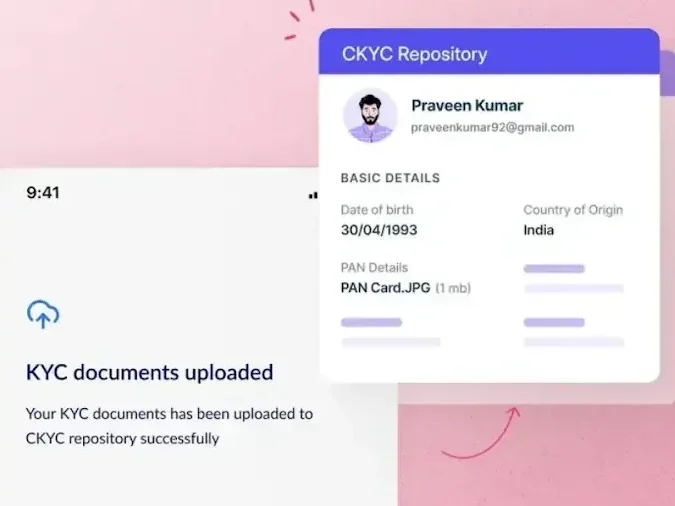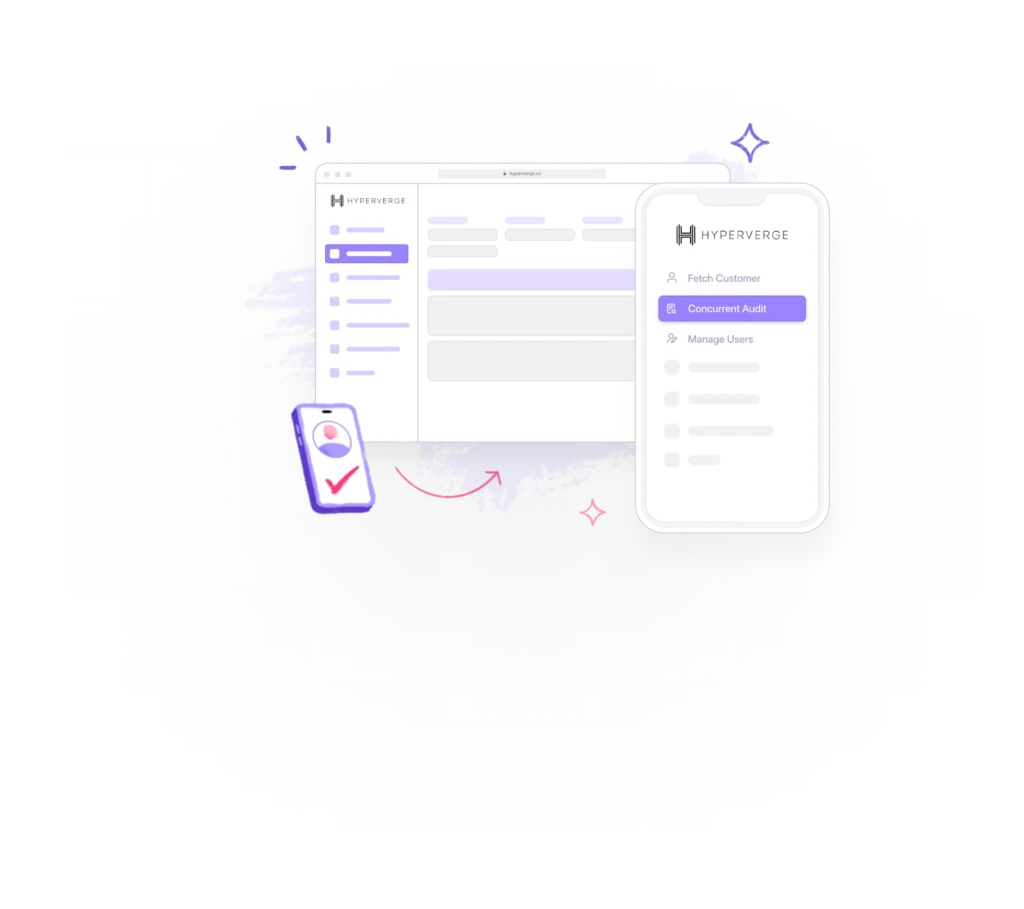Payroll Fraud: Understanding, Prevention, and Solutions
The payroll system is the financial foundation of any company. Yet, it remains one of the most vulnerable targets for fraud. How secure is yours?
Payroll fraud schemes often go unnoticed for years, draining funds before anyone detects it. From ghost employees to timesheet fraud like buddy punching, these tactics exploit system loopholes with ease—especially in the digital age.
The risks are real, but so are the solutions. In this guide, we break down what is payroll fraud, which industries are most at risk, and the best strategies to protect your business before it’s too late.
Importance of addressing payroll fraud
Payroll fraud presents a critical challenge for businesses, particularly in industries with complex financial transactions and digital payment systems. Addressing this issue is essential to maintaining financial integrity, regulatory compliance, and operational efficiency.
| Did you know? Payroll fraud costs small businesses $7 billion annually, with SMEs being the most vulnerable due to weaker controls. According to the ACFE, nearly one in three companies with under 100 employees falls victim to fraud. |
Certain industries face a higher risk of payroll fraud due to their reliance on digital transactions, decentralized systems, and global workforce structures.
Businesses in financial services, fintech, cryptocurrency, and gaming handle complex payroll processes. This makes them particularly vulnerable to fraudulent activities. Without proactive security measures, these industries risk financial losses, regulatory penalties, and reputational damage.
Here are some industry-specific risks:
- Financial services and Fintech: Fraudulent payroll activities can compromise financial reporting which may result in legal repercussions. This ultimately affects both operational stability and trust in banking solutions.
- Cryptocurrency: Decentralized, smart contract-based payments create opportunities for fraud, including identity misrepresentation and unauthorized withdrawals.
- Gaming industry: With a globally distributed workforce and multiple revenue streams, payroll misclassification and unauthorized transactions can inflate costs, disrupt financial planning, and expose businesses to tax violations.
Here’s what’s at stake for businesses and employees:
- Financial and operational losses – Payroll fraud can increase operational costs, disrupt cash flow, and affect long-term business sustainability.
- Regulatory and compliance risks – Misclassified employees and fraudulent payroll records can result in audits, penalties, and legal consequences, jeopardizing business credibility.
- Workforce disruptions – Payroll inconsistencies can erode employee trust, impacting morale, productivity, and retention.
Now that we understand how payroll fraud can impact businesses, let’s read further on the different types of payroll fraud.
Also Read: Credit Card Fraud Detection: Best Ways to Prevent Credit Card Frauds
Types of payroll fraud
There are various forms of payroll fraud schemes. In case of warning signs, understanding the following will help you take immediate action:
1. Ghost employees
A ghost employee is someone who’s listed on the payroll system but doesn’t work for the company. This could be a completely fictitious employee, a former employee, or someone who has left the company but is still being paid.
It happens when HR and payroll systems are manipulated, allowing someone to pocket wages or benefits meant for this invisible worker. Besides identity theft, ghost payroll is supplemented with fabricated job records to continue receiving employee benefits.
2. Falsified hours
In this type of timesheet fraud, employees manipulate the number of hours they’ve worked to receive higher payments. Employees may commit timesheet fraud by clocking in earlier or out later than they actually did, or falsely claim overtime when no extra hours were worked.
If supervisors don’t closely verify timesheets, these sneaky tactics can slip through unnoticed. For example, employees may ‘buddy punch,’ where one employee clocks in or out for another, or alter timesheets to reflect more hours worked. Even automated systems aren’t foolproof.
3. Misclassification of employees
Employees can commit payroll fraud by misrepresenting employee classification. By falsely categorizing themselves as independent contractors, part-time, or full-time employees, they manipulate payroll benefits and tax obligations. This manipulation allows them to get access to the payroll benefits they aren’t entitled to, or avoid taxes altogether.
When employees misclassify themselves, the company can unknowingly violate tax laws. Besides unintentional wage violations, it can also end up flouting labor regulations, and benefits requirements. This can lead to potential fines and legal scrutiny.
Besides, the business may end up overpaying for benefits. Thus impacting payroll costs, and creating unfair compensation structures within the workforce.
4. Salary inflation
Salary inflation occurs when employees or managers artificially increase their or others’ salaries. They do this through unauthorized raises or false claims of bonuses.
Committing payroll fraud also involves salary adjustments that are not in line with company policy. For example, a payroll manager might approve a fake salary raise for a colleague in exchange for some of the extra funds.
Salary inflation can result in significant financial losses for the company. It can cause damage to its reputation and potential legal repercussions. It can also cause companies to file fraudulent tax returns. Organizations that fail to prevent this type of fraud may also face difficulties with internal employee trust and external audits.
Legal and financial implications
If you discover any fraud regarding the payroll roster, consulting with your legal team is crucial. You should also take internal disciplinary actions.
The financial and legal consequences of a payroll fraud scheme can vary. It depends on the type of fraud, the amount involved, and your jurisdiction.
1. Legal framework
The IRS and Department of Labor play key roles in enforcement and ensuring compliance with payroll laws.
- The 2013 Payroll Fraud Prevention Act: This act imposes civil penalties for violations related to the payroll system and requires states to audit employers who fail to register or report payments with accuracy.
- Fair Labor Standards Act (FLSA): The FLSA sets national minimum wage and overtime rates. It mandates that non-exempt workers receive at least minimum wage. For overtime, they must receive at least 1.5 times their regular pay rate
- Division of Wages and Hours (WHD): The Department of Labor (DOL), investigates wage law violations, whether reported by employees or uncovered through audits. If misclassifications involve tax fraud—such as unreported wages or unpaid payroll taxes—the DOL reports these cases to the IRS. The IRS then steps in to handle tax-related investigations and enforce compliance.
2. Financial consequences
Involvement in payroll fraud can result in severe financial repercussions for any organization. Fines and penalties from regulatory bodies, such as the IRS or local tax authorities, can be large, often hundreds of dollars, depending on the scale and duration of the fraud. These penalties can include back taxes, interest on unpaid amounts, and extra fines for willful misconduct.
| Did you know? Tesco had to reimburse nearly £10 million almost a decade back to employees after a payroll error resulted in wages falling below the national living wage. The British supermarket giant confirmed that approximately 140,000 workers were impacted! |
Beyond direct financial penalties, employees who commit payroll fraud can also damage the company’s reputation. Stakeholders, including investors, clients, and potential business partners, may lose confidence in the organization’s ability to manage its finances and internal controls. This erosion of trust can result in lost business opportunities. It also leads to reduced investor interest and increased scrutiny from regulators.
Prevention strategies for payroll fraud
Preventing fraud requires a multi-faceted approach. Instead of dealing with lawsuits, costly investigations, or trying to recover stolen funds after the fraud, you can install measures that stop the act in its tracks.
Here are some strategies that you can deploy—
Best practices for employers
Internal controls are your first defense against payroll fraud. They protect your payroll’s integrity and boost accountability. Good internal controls also make payroll processes more efficient and reduce errors. Here are some key controls:
- Segregation of duties: Don’t let one person handle all payroll tasks. Divide duties among different employees to prevent fraud. One person can prepare the payroll, while another approves pay changes. A third can verify payroll data.
- Regular payroll audits: Conduct regular audits to cross-check payroll records with employee files. Random audits can catch irregularities like unauthorized changes, identity theft, or phantom (ghost) employees. On a periodic basis, consider external audits for an unbiased review.
- Regular bank reconciliations: Reconcile your company’s bank statements with payroll records. Look for timing differences, unclaimed checks, or inconsistencies in payments. Spotting these early can help prevent payroll fraud before it’s too late.
- Proper authorization procedures: Ensure managerial approval for payroll changes. These include everything from new hires to salary adjustments. Effective procedures for payroll systems like these ensure that only authorized personnel can make changes. This reduces the risk of fraudulent alterations.
- Whistleblower mechanisms: Provide secure and confidential ways for employees to report suspected payroll fraud schemes. When employees feel safe, they’re more likely to alert management about suspicious activities.
Employee training and awareness
Educate your employees on the signs of payroll fraud through regular training sessions. Training should include how to identify fraud and the steps to report it. Reinforce the importance of accuracy in the payroll system. This will reduce errors and make fraud easier to detect. Building a culture of transparency and ethical behavior can also deter fraudulent activities.
Utilizing technology for your company’s payroll system
Use payroll software to automate calculations and reduce human errors.
HyperVerge’s automated systems centralize your data, making it easier to audit and track payroll activities, and detect fraud in real time. Features like time tracking and expense management can also help spot unusual patterns.
What’s more? HyperVerge’s KYC acts as a frontline defense against fraud by verifying identities, ensuring only legitimate users access financial services. It detects red flags like fake documents or inconsistent data, stopping fraud before it happens. Continuous monitoring further helps identify suspicious activities, preventing financial crimes like money laundering and identity theft.

The ACFE’s 2024 Anti-Fraud Technology Benchmarking Report revealed that the use of AI and machine learning for fraud detection will triple over the next two years. In other words, technological investments can be your best bet to detect and prevent payroll fraud.
Conclusion
Payroll fraud can acutely harm your organization and tarnish your brand image. The longer it goes undetected, the more damage it causes. Ultimately, being able to detect and prevent it boils down to having the right measures in place.
Hyperverge’s AI-led fraud detection system gives you an edge against fraudsters and payroll fraud. Our AI-powered solutions analyze payroll data, identify anomalies, and prevent scams before they drain businesses.

Ready to strengthen your payroll security? Learn more about Hyperverge’s fraud prevention solutions by booking a demo today.
FAQs
1. What is meant by payroll fraud?
Payroll fraud occurs when a company’s finances are exploited by an unauthorized person for ulterior motives. This fraud can be committed by falsifying timesheets, misclassifying employees, or creating fictitious employees.
2. Where would fraud most likely occur in the payroll process?
Fraud is most likely to occur in areas with minimal oversight. Handling of payroll data, employee classifications, or unauthorized payroll changes are some examples.
3. How can companies detect payroll fraud early?
There are various ways in which companies can detect payroll fraud early. They can conduct regular audits, install stronger checks, and limit access to payroll data. Adopting automated AI solutions like Hyperverge that help analyze and detect discrepancies can also help in the early detection of payroll fraud.
